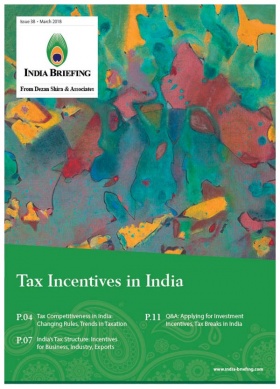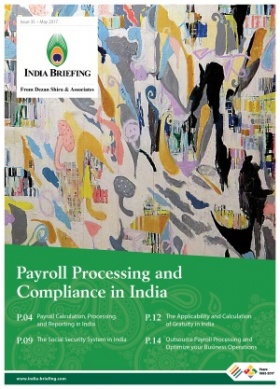India Amends Insolvency and Bankruptcy Code
In June, the federal government introduced fresh amendments to the Insolvency and Bankruptcy Code (IBC) of 2016.
The Insolvency and Bankruptcy Code (Amendment) Ordinance, 2018 came only two years after the promulgation of the first law.
An ordinance is a law passed by the prime minister’s cabinet, bypassing parliamentary approval, and equivalent to an executive order by the US president.
The amended bankruptcy code prioritizes a speedy sale of assets under liquidation to prevent their depreciation after being held for an extended period.
Prior to the 2016 law, the liquidation of assets was executed under the following laws:
- The Provincial Insolvency Act, 1920;
- Sick Industrial Companies Act, 1985;
- Recovery of debts due to banks and financial Institutions Act, 1993; and,
- The Companies Act, 2013
The IBC supersedes all the above laws in the case of bankruptcy.
Below we illustrate major changes introduced in the 2018 Insolvency and Bankruptcy Code (Amendment) Ordinance.
Home buyers as financial creditors
Investors in real estate projects, including home buyers or their guardians, are now identified as a ‘financial creditor’ in the bankruptcy process.
As a financial creditor, a home buyer can now initiate a Corporate Insolvency Resolution Process (CIRP) against the defaulting developer.
Further, the home buyer will become a vote-carrying member of the committee of creditors (CoC).
The CoC deliberates on all matters related to the bankruptcy process, including the decision to resolve or liquidate.
Reduction in threshold for approval of resolution
A bankruptcy resolution plan now requires the approval of 66 percent of the CoC. Previously, the IBC of 2016 required 75 percent approval from creditors.
However, with regard to regular transactions, the 51 percent majority for approval remains static.
Bidding for MSMEs
Unlike the IBC of 2016, the new amendments allow the promoter and other associated parties of a debt-ridden entity to bid for their company, if their company is a micro, small, and medium enterprises (MSMEs).
Wilful defaulters (individuals who have failed to repay loans despite the ability to do so) are still barred from bidding.
Fixed timeline to guide bankruptcy process
The process for the revival or liquidation of the debtor should take a maximum of 180 days; a one-time extension of 90 days is, however, available.
This 270-day period is known as a moratorium period, when no action is permitted against the debtor or its assets.
Facilitating swifter bankruptcy resolution
In conjunction with the amendments to the IBC, the Securities and Exchange Board of India (SEBI) allowed changes to its ‘Takeover Code’ this month.
SEBI will now permit investors to acquire more than 75 percent of shares in a non-public shareholding company bound for insolvency resolution.
Such a move enables investing companies to facilitate cash-infusion into an at-risk entity while allowing it maximum control to decide on the future of the acquired entity.
About Us
India Briefing is published by Asia Briefing, a subsidiary of Dezan Shira & Associates. We produce material for foreign investors throughout Eurasia, including ASEAN, China, Indonesia, Russia, the Silk Road, & Vietnam. For editorial matters please contact us here and for a complimentary subscription to our products, please click here.
Dezan Shira & Associates provide business intelligence, due diligence, legal, tax and advisory services throughout India and the Asian region. We maintain offices in Delhi and Mumbai and throughout China, South-East Asia, India, and Russia. For assistance with India investment issues or into Asia overall, please contact us at india@dezshira.com or visit us at www.dezshira.com.
- Previous Article Industrial IoT in India: Niche Market Grows on the Back of Domestic Demand
- Next Article Investing in India’s Higher Education Sector












